The consultation draft of the 2023-24 GenCost report released today confirms that firmed renewables are the cheapest form of reliable energy in Australia now and to 2030. The GenCost report is an annual collaboration between Australia’s national science agency, CSIRO, and the Australian Energy Market Operator (AEMO).
The new report further proves that the Albanese Government’s plan to deliver a cheaper, cleaner and more reliable grid through the expanded Capacity Investment Scheme, Rewiring the Nation, and the Gas Code is the cheapest and best path for our country as aging and increasingly unreliable coal-fired power continues to be retire.
The report shows that utility-scale solar and onshore wind costs including transmission and storage, are two to seven times cheaper than new coal and small modular nuclear reactors (SMRs). This reflects Australia’s huge natural advantage in renewable resources.
Solar energy continues to put downward pressure on energy prices. The recent seventy one percent drop in wholesale prices per year is due in large part to increased rooftop solar.
AEMO’s roadmap for the future Australian grid, the Integrated System Plan (ISP) released last week, also confirms that a renewable grid with hydro, batteries, flexible gas and transmission is the cheapest way to deliver a secure and reliable energy grid.
The Australian Government is expanding the successful Capacity Investment Scheme to deliver thirty-two gigawatts of new capacity for the long-term reliable, affordable and low-emissions energy system Australians deserve. Rewiring the Nation deals with NSW, Victoria, Tasmania and WA which are unlocking and keeping a lid on prices for the necessary transmission build.
The LNP’s approach in Government was to watch as twenty-four aging coal plants providing a total of twenty-seven gigawatts announced closure dates with no plan for replacement.
Their current ‘plan’ is to halt all new renewable and transmission development at the same time AEMO forecasts ninety percent of aging and increasingly unreliable coal plant will retire by 2035. They are to be replaced by SMR technology, which CSIRO and AEMO find can’t reach first full operation until 2038 at the earliest.
The Draft GenCost report also provides detailed examples of real world nuclear SMR development. This includes cost blow outs of seventy percent. However, there is currently not a single commercial SMR project anywhere in the world.
The latest GenCost report reiterates what is already known. Renewable energy is the cheapest form of energy in Australia now and in 2030, even when accounting for storage and transmission costs. The report states that “The Albanese Government is making sure more households and businesses have access to abundant, affordable renewables. After a decade of vandalism and neglect of Australia’s energy grid by the LNP, the Albanese Government is on a unity ticket with our grid operators – to deliver a secure, reliable and affordable grid with firmed renewables. CSIRO’s report also shows that renewables, particularly wind and solar, remain frontrunners as Australia’s cheapest and most effective options to deliver a reliable grid to continue to power Australian industry and households. Cheaper renewable energy generation means more clean-green jobs for Australians. We’ve set aside $3 billion in the National Reconstruction Fund to support the growth of Australia’s renewable and low-emissions energy industries and meet growing demand in international supply chains.”
CSIRO and AEMO intend to release the final report in mid-2024.
Blog
-
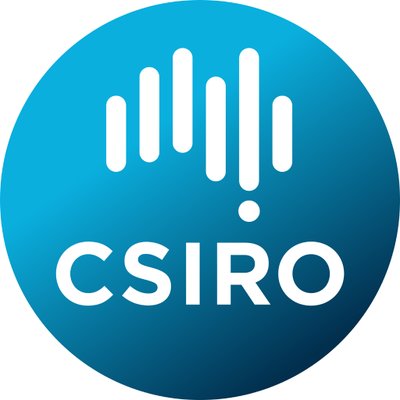
Nuclear Reactors 1394 – Latest CSIRO and AEMO Report Concludes That Renewables Are Cheapest Energy For Australia
-
Nuclear News Roundup May 20, 2024
Tri-Valley Energy Provider Will Decide Whether to Add Nuclear Power to Mix independentnews.com
South Africa inaugurates ‘first of its kind’ nuclear medicine hub researchprofessionalnews.com
Taiwan’s Government Open to Possibility of Continuing Nuclear Power menastar.com
Slovenia estimates cost of JEK2 nuclear new build project neimagazine.com
-
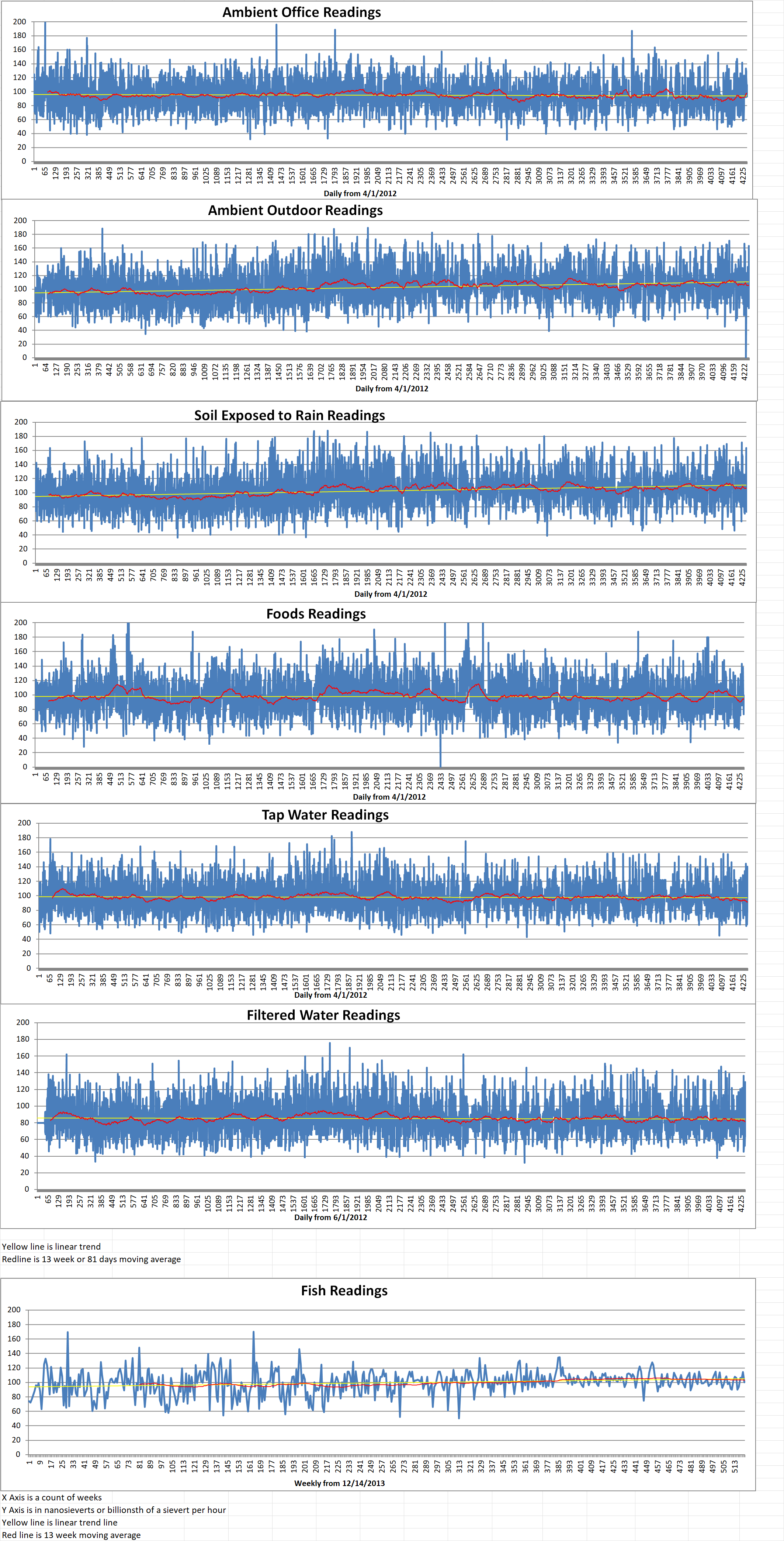
Geiger Readings for May 20, 2024
Ambient office = 93 nanosieverts per hour
Ambient outside = 76 nanosieverts per hour
Soil exposed to rain water = 73 nanosieverts per hour
Avocado from Central Market = 99 nanosieverts per hour
Tap water = 79 nanosieverts per hour
Filter water = 64 nanosieverts per hour
-
Nuclear News Roundup May 19, 2024
DOE unveils process for Russian LEU import waivers world-nuclear-news.org
Study to assess benefits of Hartlepool SMR plant world-nuclear-news.org
First Portable Nuclear Microreactor Publicly Listed in the U.S., Pledges Support to the World Nuclear Association’s Net Zero Nuclear Industry Initiative globenewswire.com
-

Geiger Readings for May 19, 2024
Ambient office = 98 nanosieverts per hour
Ambient outside = 157 nanosieverts per hour
Soil exposed to rain water = 161 nanosieverts per hour
Tomato from Central Market = 99 nanosieverts per hour
Tap water = 140 nanosieverts per hour
Filter water = 129 nanosieverts per hour
-
Nuclear News Roundup May 18, 2024
ITER cryopump passes factory acceptance tests neimagazine.com
Fuel loading completed at France’s Flamanville 3 EPR world-nuclear-news.org
Innovative piping rehabilitation solution to be used at US plant world-nuclear-news.org
IAEA’s Grossi highlights continued Zaporizhzhia power supply concerns world-nuclear-news.org
-
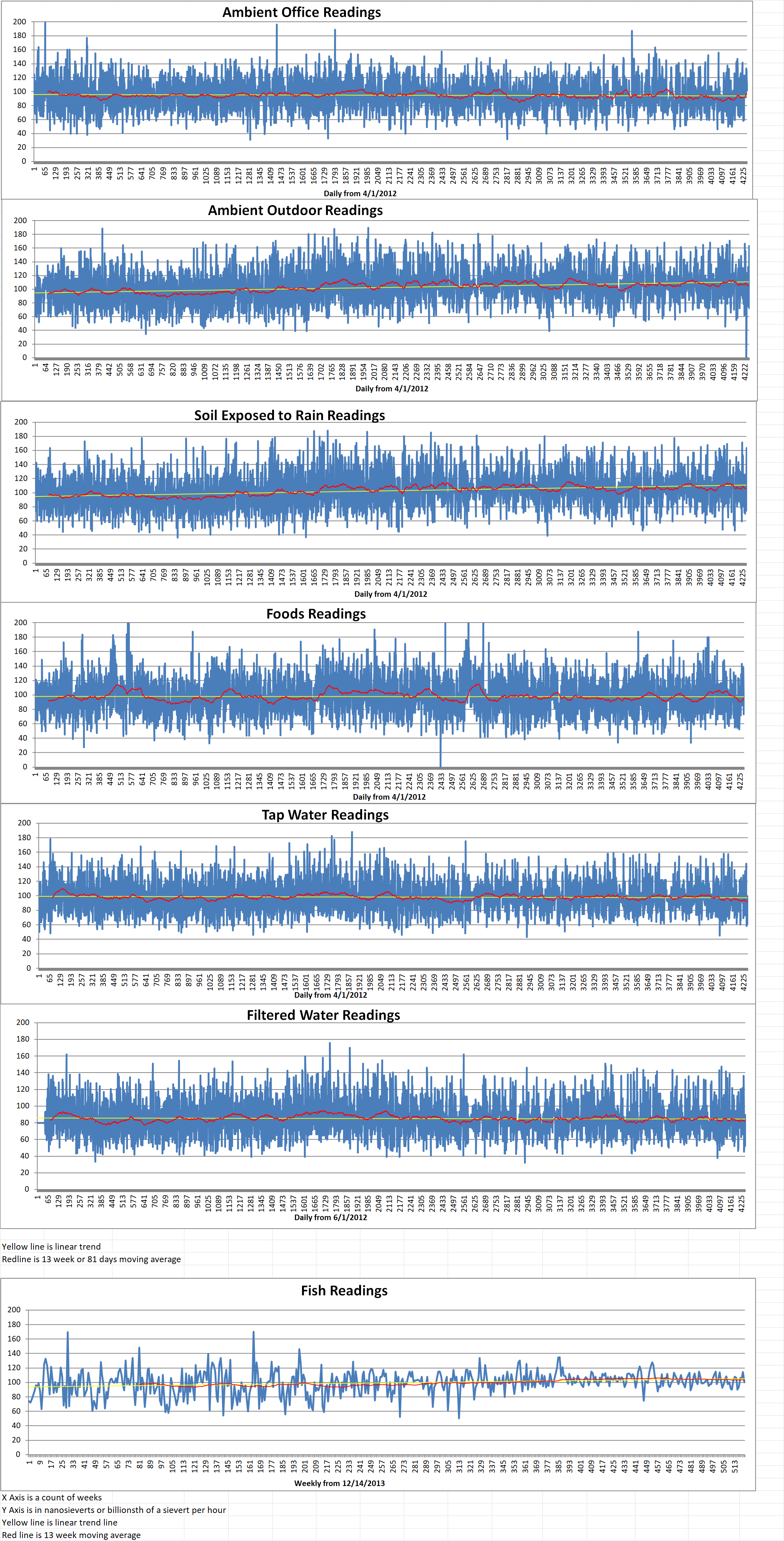
Geiger Readings for May 18, 2024
Ambient office = 109 nanosieverts per hour
Ambient outside = 163 nanosieverts per hour
Soil exposed to rain water = 164 nanosieverts per hour
Red bell pepper from Central Market = 82 nanosieverts per hour
Tap water = 85 nanosieverts per hour
Filter water = 70 nanosieverts per hour
Dover Sole from Central = 100 nanosieverts per hour
-
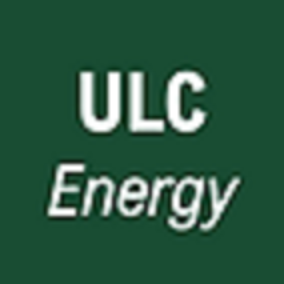
Nuclear Reactors 1393 – ULC Energy Is Collaborating On Production Of Hydrogen By SMRs
Hydrogen can be produced for less than $1.72 per pound using a combination of solid oxide electrolysis cells (SOEC) and small modular reactors (SMRs). A new study led by Dutch nuclear energy development company ULC-Energy BV has concluded that this is significantly cheaper than alternative methods.
In November of 2023, ULC-Energy announced it had signed an agreement with Denmark’s Topsoe, the UK’s Rolls-Royce SMR and Dutch energy market consultancy KYOS to jointly research the production of hydrogen using Topsoe’s SOEC technology with both electricity and heat produced by a Rolls-Royce SMR nuclear power plant.
The joint investigation was to include an evaluation of the operational flexibility of the Rolls-Royce SMR when combined with Topsoe’s proprietary SOEC technology in the future energy market.
ULC-Energy recently announced the results of the study. They said that the study had revealed significant advantages of the SMR-SOEC combination. A Rolls-Royce SMR power plant can operate 24/7, with ninety five percent availability. SOEC electrolysis can produce more hydrogen per total power input when it is compared with conventional electrolyzer technologies. Steam can be supplied directly from the nuclear power plant heat exchangers. Hydrogen production can take place off-grid.
The results revealed that hydrogen can be produced this way for less than $1.60 per pound and that this cost can be driven down to less than $.90 per pound by 2050 “by taking into account the value of the flexibility to curtail hydrogen production and deliver electricity to an increasingly intermittent grid”.
This research also indicated that the SMR–SOEC combination produces the highest annual quantity of hydrogen as a result of higher process efficiency and a high availability.
Dirk Rabelink is CEO of ULC-Energy. He said, “The large-scale production of clean hydrogen is an extremely important driver of decarbonization. At ULC-Energy we believe strongly that nuclear can and will play a major role to produce clean hydrogen and derivative clean fuels.”
Rabelink continued, “The study that is now completed clearly demonstrates the capability of nuclear to deliver low-cost, clean hydrogen at an industrial scale. Importantly, it also shows the additional value associated with the flexibility to switch between energy markets such as electricity, heat and, in this case, hydrogen. Topsoe SOEC and Rolls-Royce SMR are both highly modularized solutions that are factory manufactured and can be scaled rapidly.”
Alan Woods is Rolls-Royce SMR’s Director of Strategy and Business Development. He said, “Rolls-Royce SMR believes one of its powerful advantages is that it can produce clean energy cheaply and extremely reliably, but can also direct its output to meet demand. This operational flexibility will be increasingly valuable as intermittent energy sources, such as wind and solar, expand. We are excited by the results of ULC-Energy’s study and look forward to taking next steps.”
In August 2022, Rolls-Royce SMR signed an exclusive agreement with ULC-Energy to cooperate on the deployment of Rolls-Royce SMR power plants in the Netherlands. ULC-Energy was established in 2021 and is based in Amsterdam. They aim to accelerate decarbonization in the Netherlands by developing nuclear energy projects that efficiently integrate with residential and industrial energy networks in the country. -
Nuclear News Roundup May 17, 2024
US Air Force releases first in-flight photos of B-21 Raider, newest nuclear stealth bomber usatoday.com
Finland and Latvia Open to NATO Nuclear Drills telesurenglish.net
Senators Quiz Navy Leaders on Proposed Sea-Launched Nuclear Cruise Missile news.usni.org
Oklo to supply 100MW of nuclear power to Wyoming Hyperscale datacenterdynamics.com
-
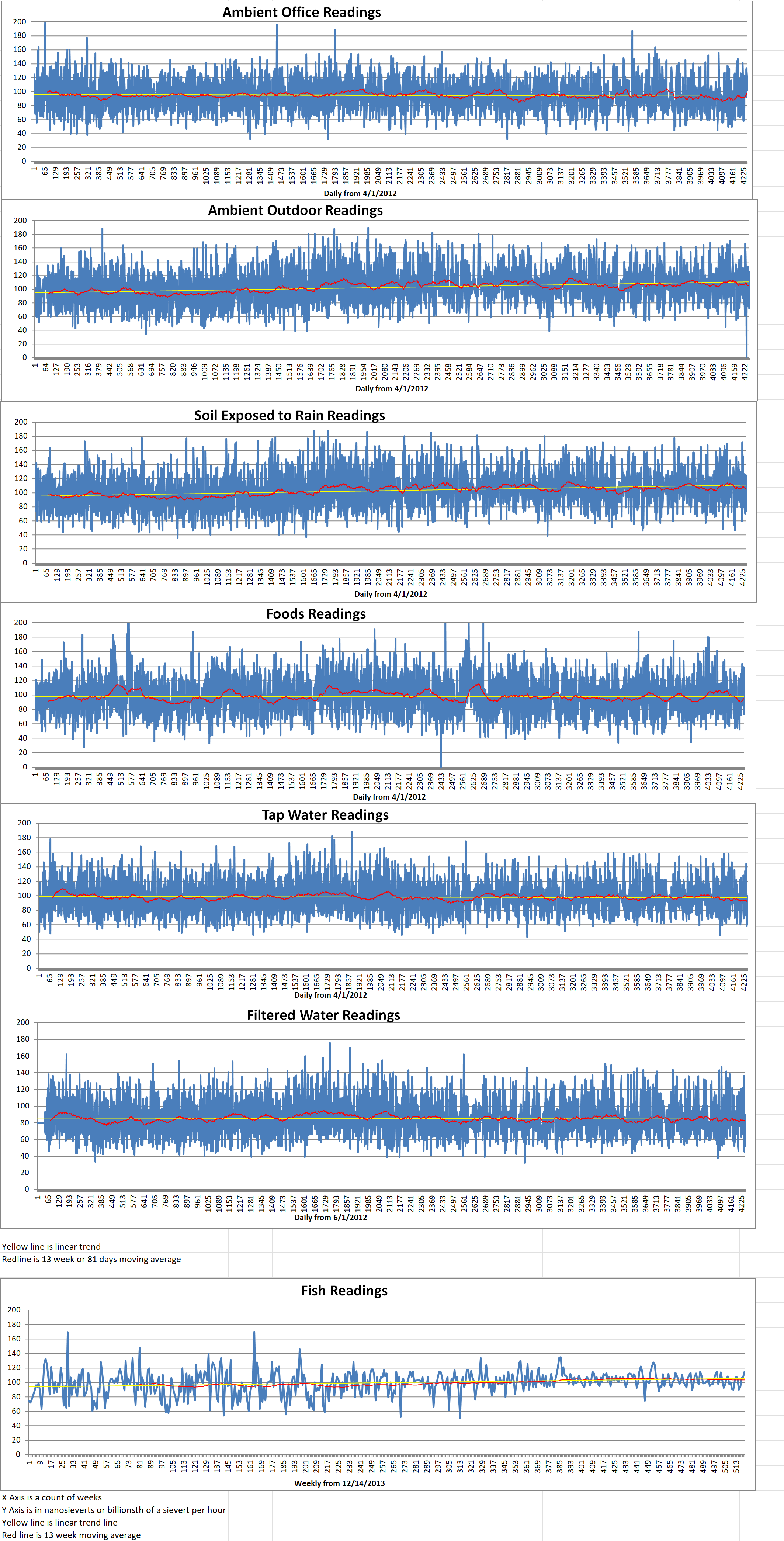
Geiger Readings for May 17, 2024
Ambient office = 102 nanosieverts per hour
Ambient outside = 72 nanosieverts per hour
Soil exposed to rain water = 74 nanosieverts per hour
Mini cucumber from Central Market = 73 nanosieverts per hour
Tap water = 60 nanosieverts per hour
Filter water = 52 nanosieverts per hour
